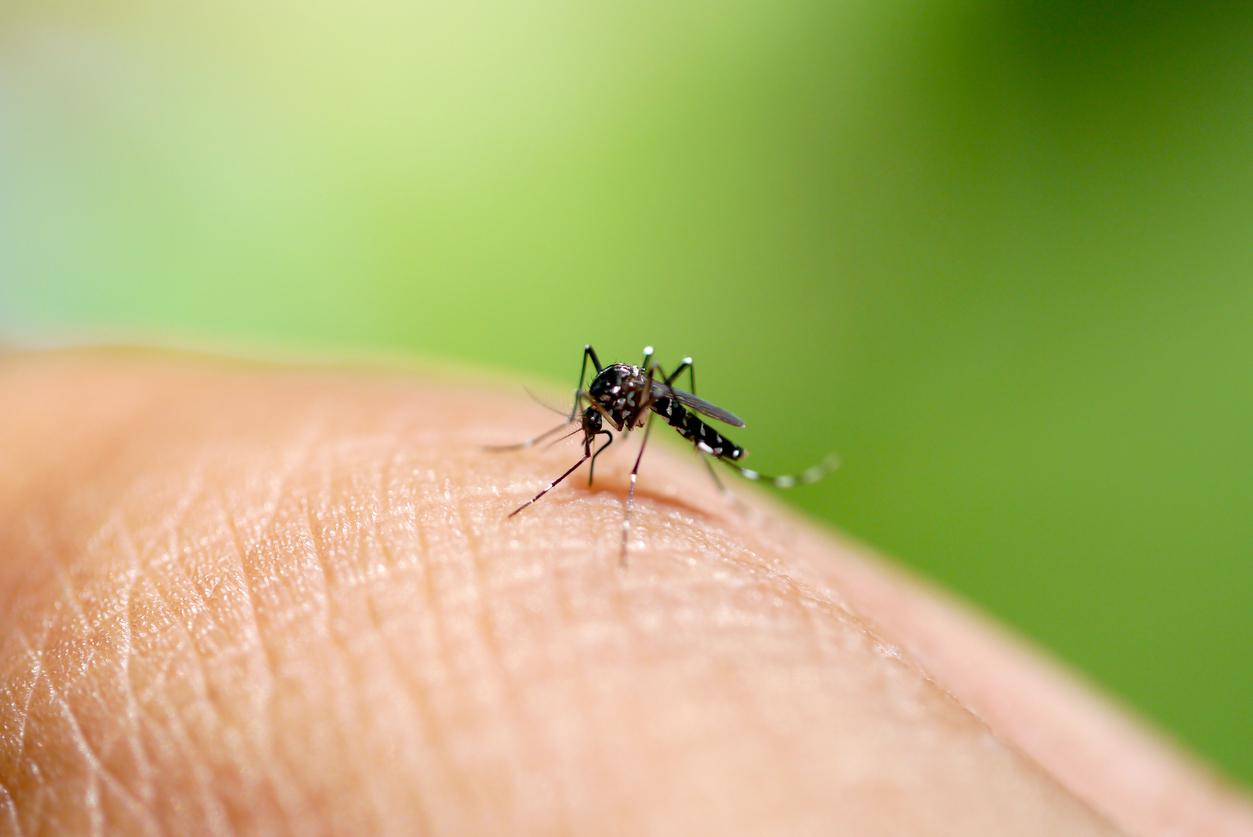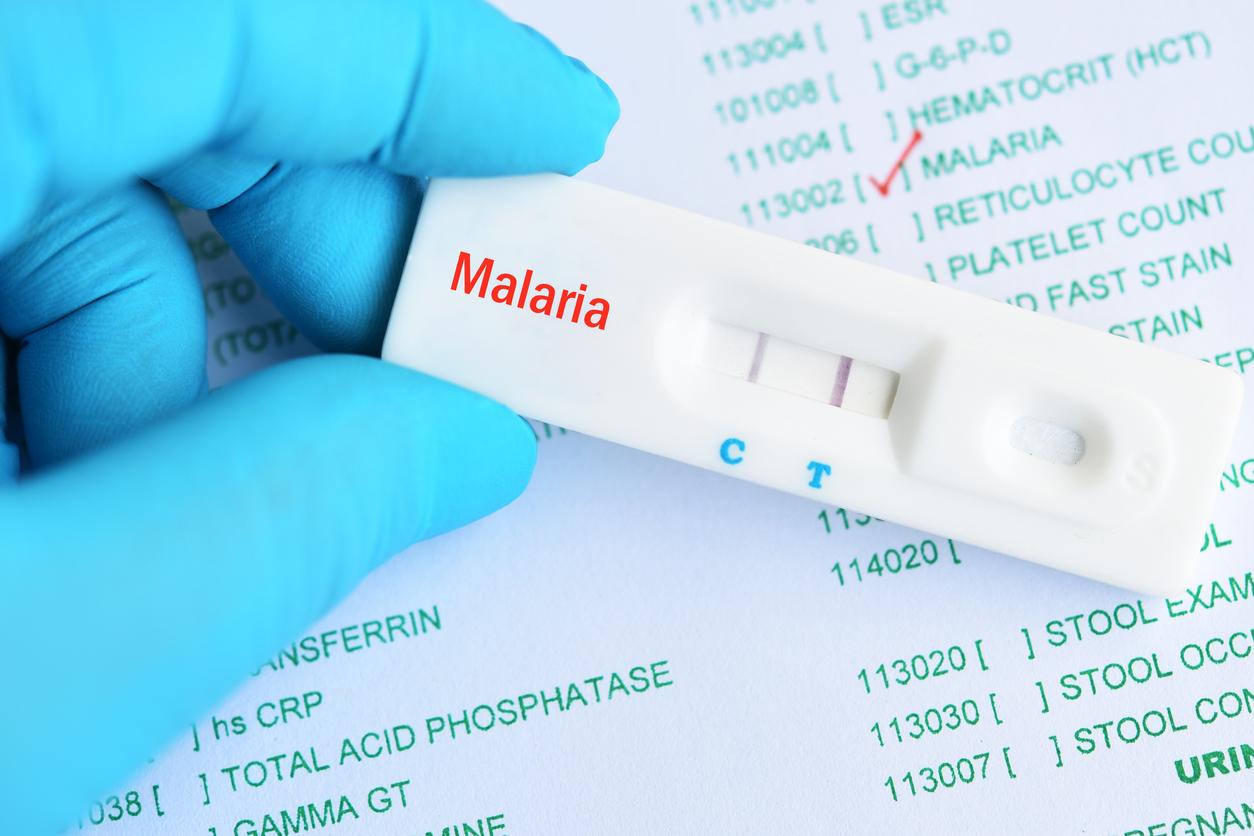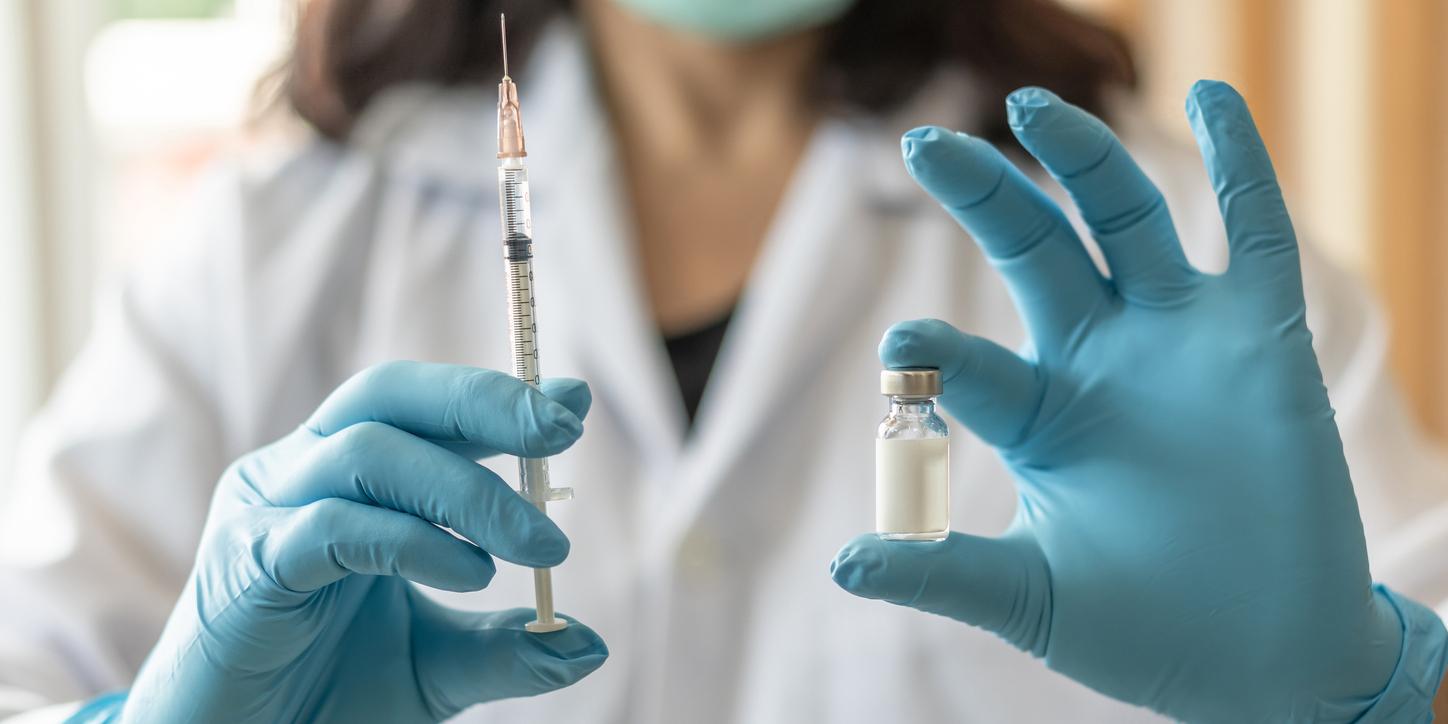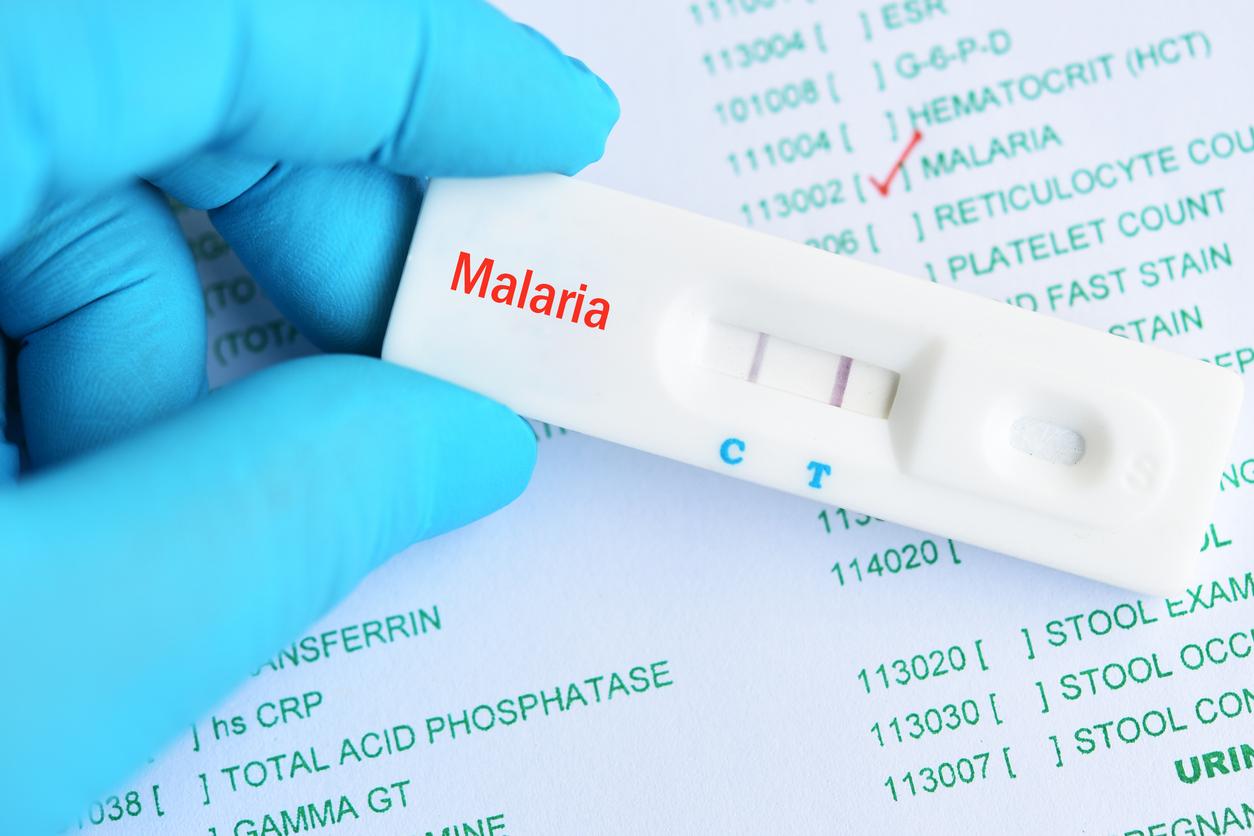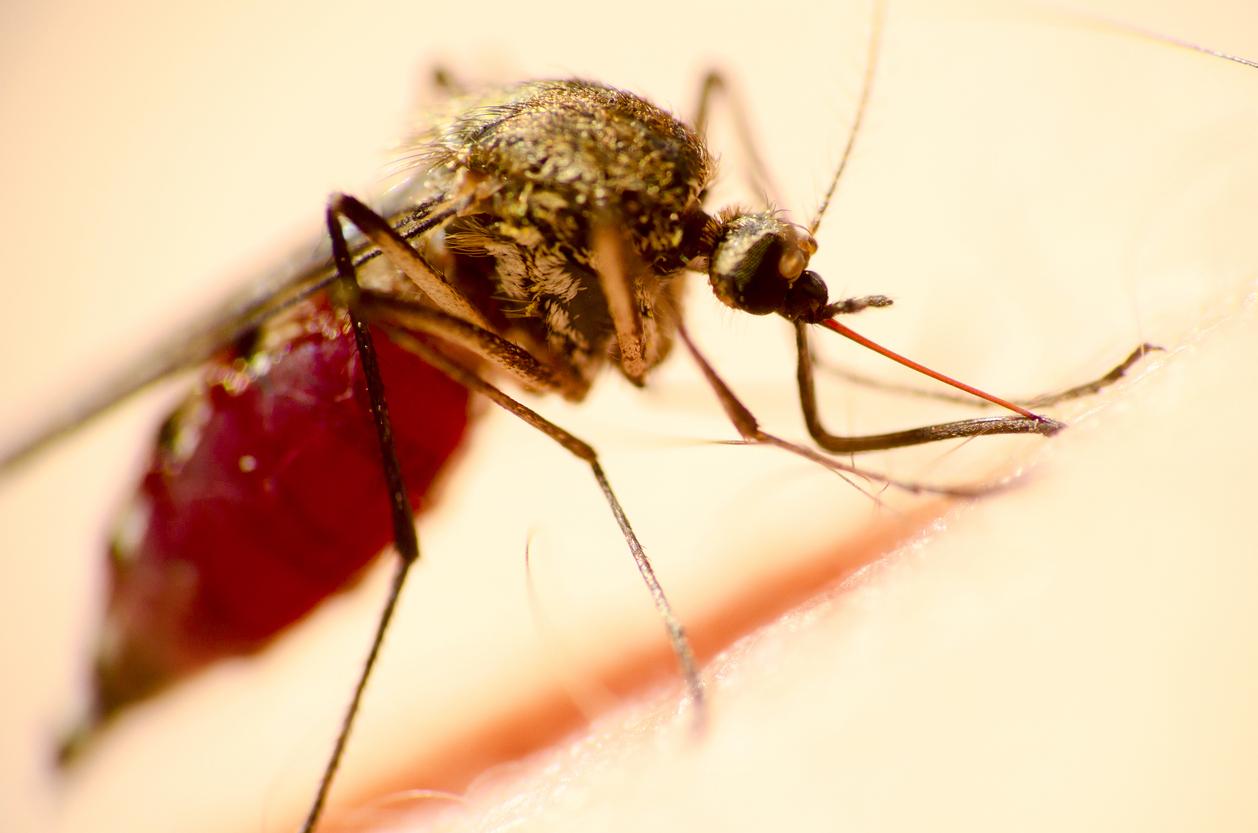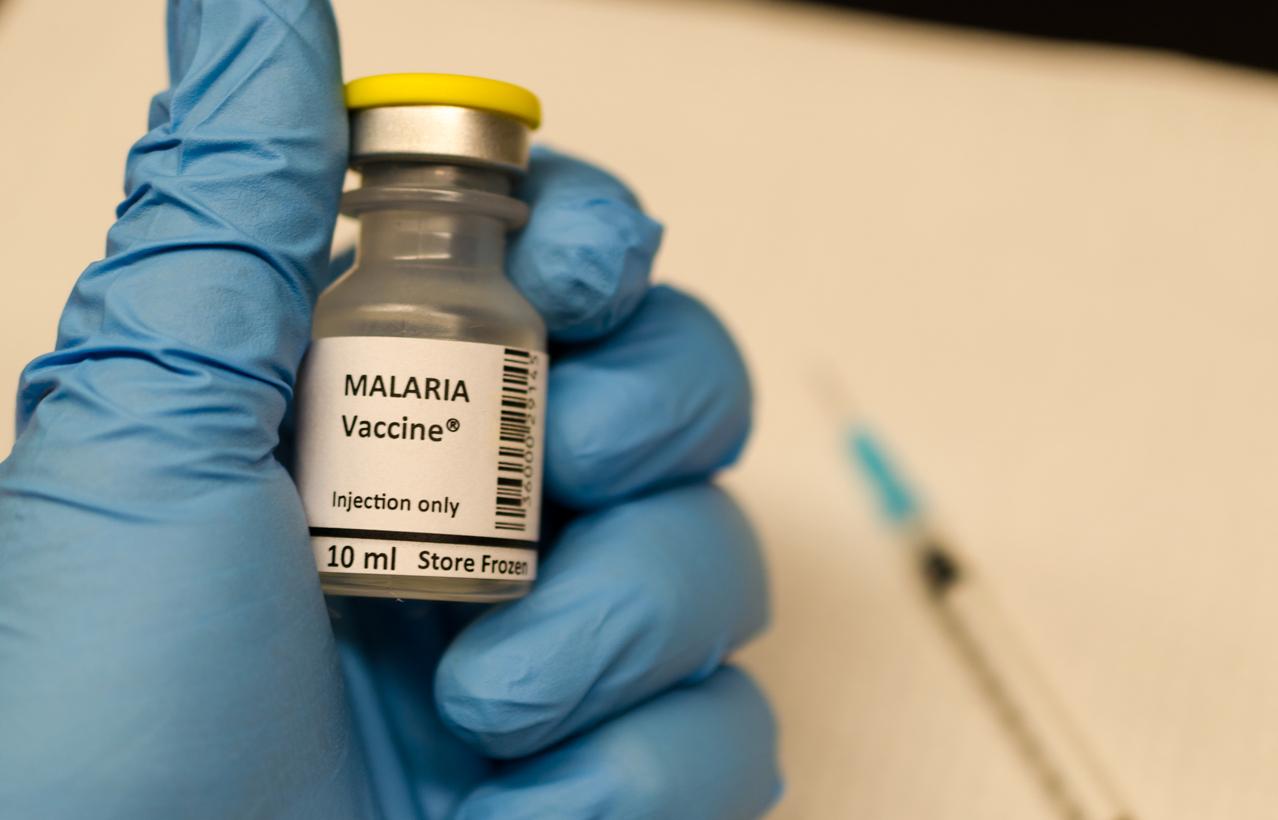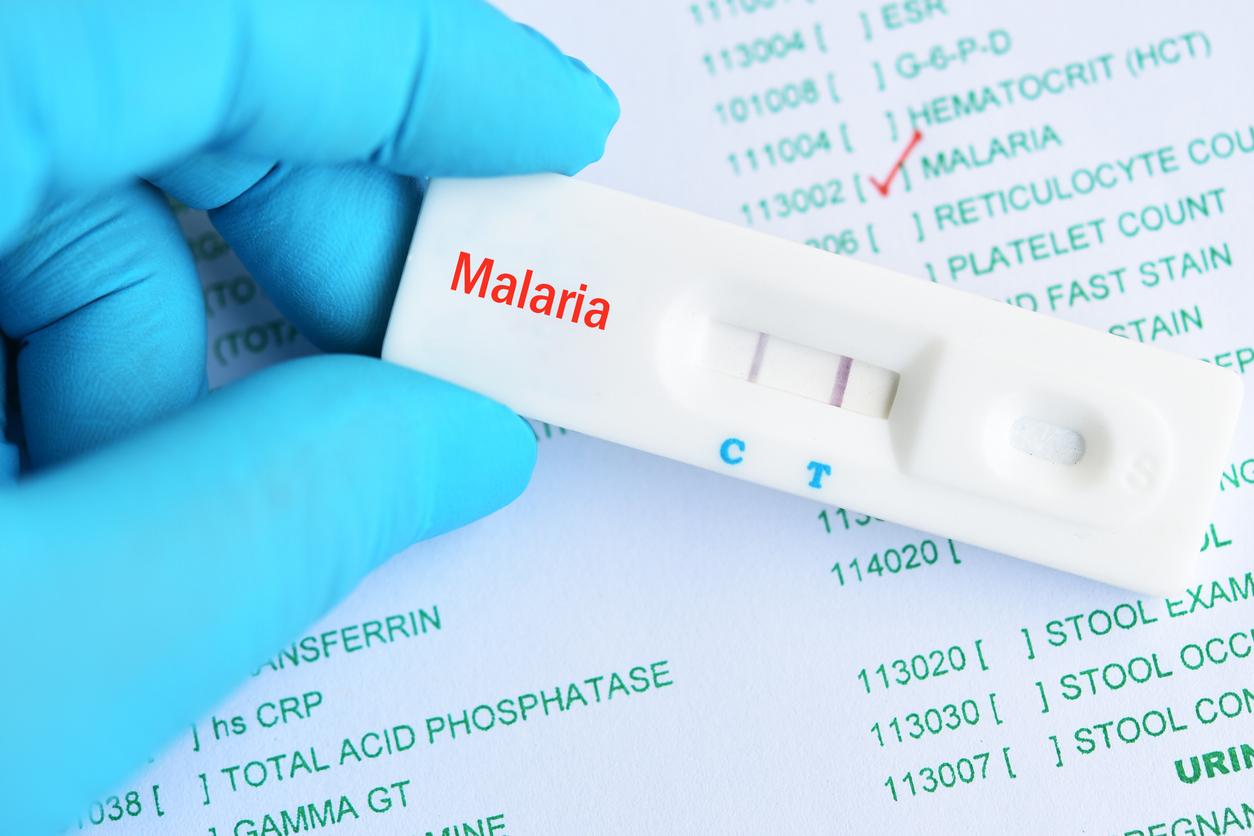By 2030, the world should have vaccines capable of reducing the number of malaria cases and eliminate this disease, according to the World Health Organization (WHO). This ad is detailed in the 2013 Roadmap for Malaria Vaccine Technology, published at the annual conference of the American Society of Tropical Medicine and Hygiene. “Safe, effective and affordable vaccines could play a vital role in overcoming malaria,” said Dr Robert Newman, director of WHO’s global malaria programme. “Despite all the recent progress in countries and significant innovations in diagnostics, drugs and vector control, the burden of malaria remains far too high.”
Indeed, the most recent WHO data on malaria show 660,000 annual deaths out of 219 million cases. The application of the measures recommended by the Organization to combat this disease has led to a 26% drop in the global mortality rate in ten years. An effective vaccine would be an important complement to these measures. “The new vaccines should have an efficacy rate of at least 75% against clinical malaria, be suitable for use in all malaria-endemic areas and be licensed by 2030,” says Dr Jean-Marie Okwo. Bele, director of the WHO immunization department.
Of the 27 candidate vaccines, RTS,S/AS01 is the only one to have reached an advanced stage of development, so far. The results of the phase III trials of the vaccine will be available by 2015. Depending on these data and the conclusions of the review conducted by the European Medicines Agency, “WHO could issue a recommendation in late 2015 in favor of the use and, subsequently, the prequalification of this first vaccine”, assure the experts of the Organization.








